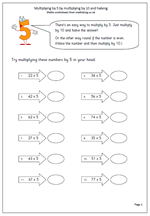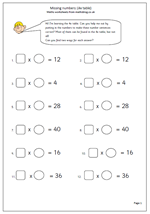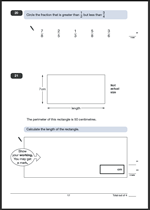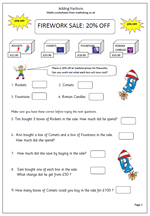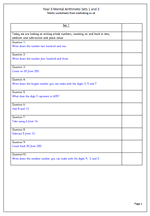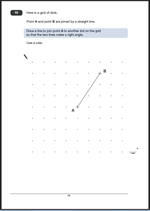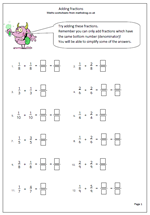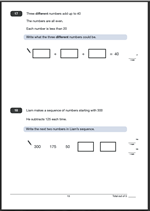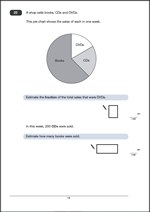 Question 22a and 22b look at interpreting pie charts.
Question 22a and 22b look at interpreting pie charts.
For 22a An acceptable answer is within the range of 13/100 to 1/5 inclusive.
This range includes the fractions 1/6 and 1/7.
Decimals can be accepted within the range 0.13 to 0.2 inclusive.
Percentages can be accepted within the range 13% to 20% inclusive.
One mark for this question.
Suggested method:
This can be thought of as a visual question. Split the circle in half by continuing the vertical line down (between Books and DVDs.). From this it can be seen that DVDs are just about 1/3 of the half, so will be about 1/6 of the whole circle. Because it is only an estimate there is a fair range to be within.
For 22b Answers in the range of 500 to 800 inclusive.
One mark for this question.
Suggested method:
Again this can be done by comparing the size of the two. Book sales are about 3 times that of CDs. So if 200 CDs were sold then about 600 books were sold.
